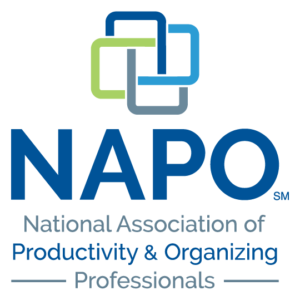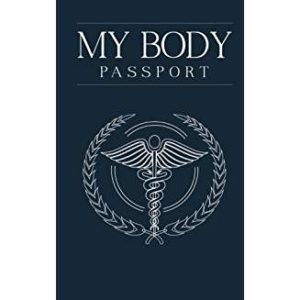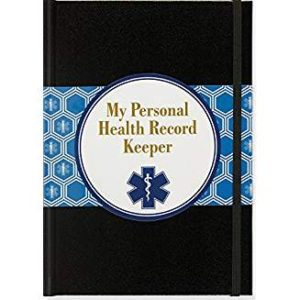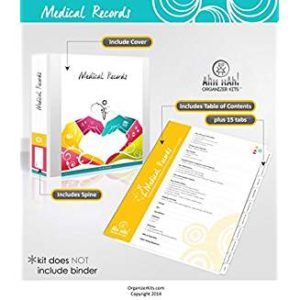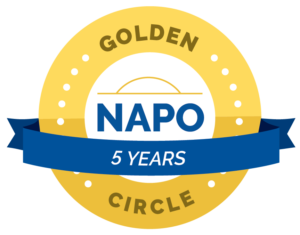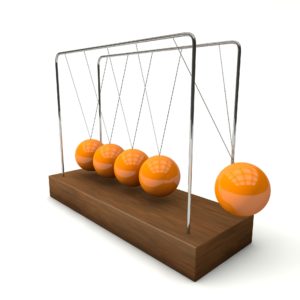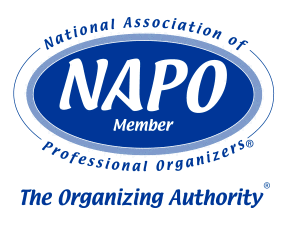 The leaves are falling. The days are getting shorter. The nights are getting colder. Those are all sure signs that winter is approaching. And with that, comes the “fall back” change of time. I don’t know about you, but I appreciate “falling back” much more than “springing forward.” That extra hour of sleep is magical!
The leaves are falling. The days are getting shorter. The nights are getting colder. Those are all sure signs that winter is approaching. And with that, comes the “fall back” change of time. I don’t know about you, but I appreciate “falling back” much more than “springing forward.” That extra hour of sleep is magical!
The Fall time change happens on Sunday, November 5th, at 2:00 AM. Although “falling back” isn’t as hard on our bodies (since we don’t “lose” an hour of sleep), it still takes some adjusting.
- Maintain your regular sleep pattern. Don’t use the promise of an extra hour of sleep to binge-watch your favorite series and stay up until 2:00 AM so you can set the clocks at the exact time. Go to bed at your regular time, reset the clocks right before you go to bed and maybe, just maybe, get an extra hour of blissful sleep! If you’re interested, the National Sleep Foundation has some guidelines on how much sleep we all need.
- Maintain your regular eating schedule. Eating earlier or later than your body is accustomed to will cause additional confusion. Maintain healthy nutrition (like we shouldn’t do that every day!) so your body isn’t trying to combat a sleep change and nutrition change at the same time.
- Get additional exercise a few days leading up to Saturday. Several studies site the benefits of exercise (but not right before bed) in helping our bodies and brains wind down faster, resulting in better sleep.
- Go outside. Sunlight on your SPF-protected skin will help your body’s circadian rhythm get back in sync. Try for an hour outside on Sunday
- Resist taking a long nap on Sunday. If you do stay up too late on Saturday night/Sunday morning binge-watching TV, you may be tempted to take a nice, long nap on Sunday afternoon. Resist the urge. If you do feel like a nap is in order, keep it to around 30 minutes or less. Anything longer will also mess with your circadian rhythm.
Other tips from Dr. Yoseph Krespi, Director of the Center for Sleep Disorders at New York Head and Neck Institute:
- Drink plenty of liquids, yet avoid caffeine and alcohol later in the day.
- Make your bedroom into a sleep sanctuary: dark, quiet, and cool (somewhere in the mid to upper 60’s is perfect).
- Don’t tackle any complex tasks right before bed. Your brain will find it more difficult to shut down.
- Start unwinding an hour before bed. Have a cup of chamomile tea, take a bath, relax. If you are relaxed vs. stressed when you actually make it to bed, your body will have less to do before going to sleep.
Although I do love the Fall season, it will be nice to have it light past 6:00 PM, don’t you think? I’m ready for this time change. How about you?
Cindy Jobs
National Association of Productivity & Organizing Professionals, Seattle Chapter
National Association of Professional Organizers, Seattle Chapter Vice President
Institute for Challenging Disorganization
Level I Certificates earned in Chronic Disorganization; ADD; Client Administration; Time Management; Mental Health; and Hoarding.
Level II Specialist Certificates earned in Chronic Disorganization and ADHD.

